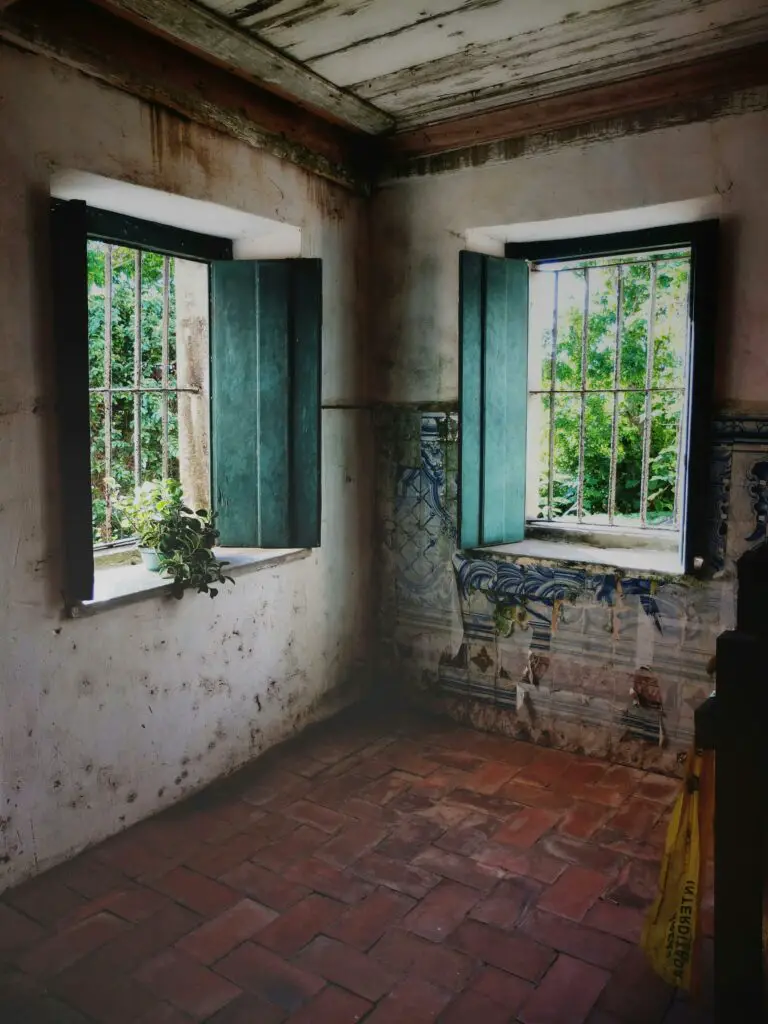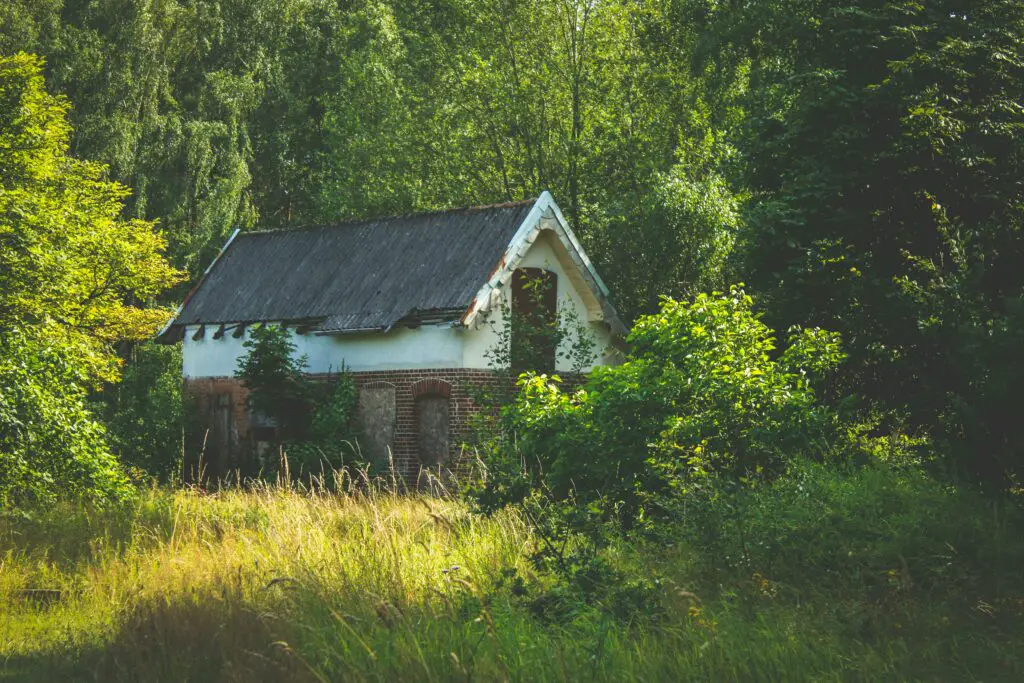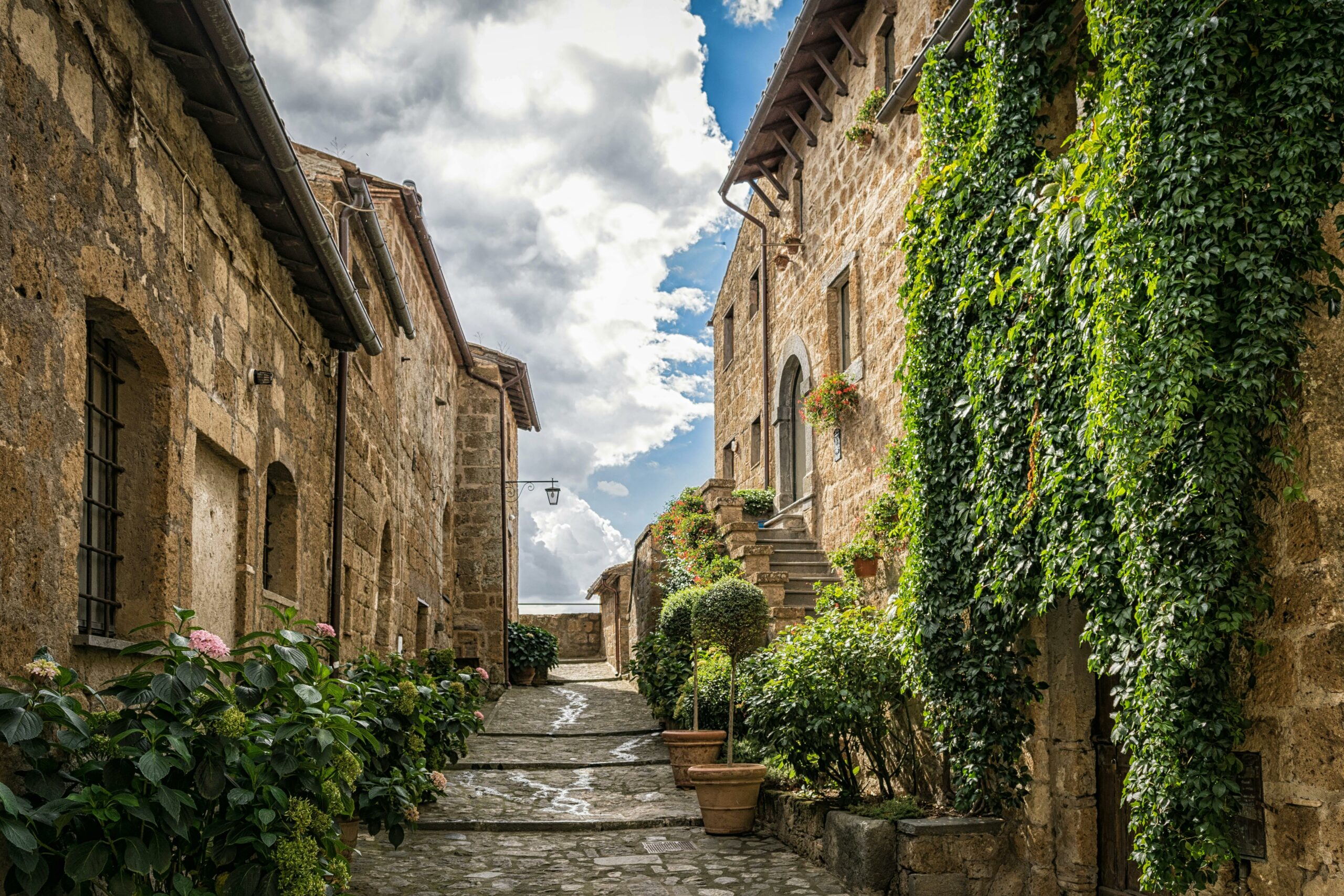Imagine stepping into an old stone house, surrounded by tall trees and covered in ivy. It’s charming, but also a bit, well… in need of love. Transform historic properties into a livable, beautiful space might sound like a big job, but it doesn’t have to mean an empty wallet. These projects can be surprisingly budget-friendly, especially with a few clever tricks. So, if you’re ready to convert a ruin into your own residence, here’s how to do it without breaking the bank.
Step 1: Scout for Affordable Charm
Historic homes often come with a price tag far below modern builds, especially if they need a little work. All across Europe, for example, you can find hidden gems for under 100K, perfect for anyone with a taste for quirky spaces and old-world charm.
These homes might be a bit rustic, but they’re packed with character. Think exposed beams, stone walls, and, if you’re lucky, even a castle-like turret or two. Sure, they might need a new roof or a fresh coat of paint, but with a little vision, they can be transformed into stunning residences.

Step 2: Embrace (and Enhance) Original Architecture
One of the best parts of a historic home? The architecture! Instead of hiding original features, make them a focal point. Old homes often have unique touches like arched doorways, spiral staircases, and grand fireplaces. And, if you’re lucky, you might stumble upon a curved roof. Curved roofs are a practical, stylish feature that you just don’t see every day. They’re perfect for maximizing space and adding a soft elegance to any home.
When restoring these architectural gems, aim to keep them as original as possible. Salvage and repair rather than replace. Old wooden beams, original stonework, and even vintage tile can often be refurbished for less than the cost of new materials, giving you that authentic feel at a fraction of the price.
Step 3: Simplify with a DIY Approach
Roll up your sleeves and channel your inner handyman (or handywoman)! Taking on a few tasks yourself can significantly cut down on renovation costs. For instance, if you’re dealing with flaking paint, cracked plaster, or overgrown gardens, consider these as DIY-friendly projects. There’s no need to hire out every job, especially if you’re up for a little weekend work.
Of course, not every task is suitable for a DIY approach (we’re looking at you, structural fixes, and electrical work). But simpler tasks like tiling, painting, or even basic carpentry can be easily managed with some YouTube tutorials and a bit of elbow grease. Not only will you save cash, but you’ll also have a story to tell about how you helped bring the house back to life.
Step 4: Get Smart About Modern Amenities
Old homes have charm, but let’s face it, they weren’t exactly built with modern living in mind. Updating plumbing, heating, and insulation might sound expensive, but it’s essential for making your home comfortable and efficient. The trick is to pick smart upgrades that blend with the house’s character without blowing the budget.
Look for energy-efficient fixtures that can lower monthly utility bills—think solar panels, water-saving faucets, and double-glazed windows that mimic old styles. Over time, these upgrades pay for themselves and make your home far more sustainable. Plus, they’re a way to ensure your historic property works for today’s world without losing its past appeal.
Step 5: Furniture and Decor on a Dime
Once the bones of your home are solid, it’s time for the fun part: decorating! With a historic property, the goal is to strike a balance between modern comfort and vintage style. Search for affordable pieces that fit the vibe of your home—thrift stores, flea markets, and even estate sales are great places to find unique furniture without the designer price tag.
For example, you could score an old wooden trunk that doubles as a coffee table or pick up a vintage chandelier to add a touch of glam. Mixing new with old is the way to go here. Your historic home already has personality; now it’s just about highlighting it with some well-chosen decor.

Step 6: Know When to Call in the Experts
Sometimes, saving money means knowing when to spend it. Bringing in a specialist can help you navigate tricky areas like structural repairs, mold removal, or even restoring specific historic features. Look for contractors who specialize in old buildings—they’ll know how to handle the quirks of a historic property, ensuring that the home’s structural integrity and character are preserved.
And if you’re ready to jump into the world of renovations, it’s worth exploring other stories of how historic properties have been transformed into unique, livable spaces. These stories can provide inspiration and guidance for your project.
Step 7: Keep It Green and Budget-Friendly
One of the perks of restoring an old home? The chance to go green. Recycling materials, conserving water, and reducing energy use aren’t just trends—they’re cost-cutting essentials that make your home eco-friendly and affordable. Instead of tearing down old structures, you’re breathing new life into them.
Restoration is inherently sustainable, but you can take it further by incorporating renewable resources and energy-efficient solutions. Installing rainwater collection systems, using salvaged wood, or even setting up a compost station in your garden can all help keep your footprint low.
Transform Historic Properties: Turning Back Time on a Budget
Transforming historic properties into a comfortable, modern home doesn’t have to mean spending a fortune. From affordable gems under 100K in Europe to charming properties waiting for a facelift, these homes are out there, just waiting for someone with vision and a little elbow grease to make them shine.
With a few smart choices, some DIY skills, and an appreciation for original architecture, you can create a home that’s unique, functional, and budget-friendly. So go ahead—take a look at those old buildings with fresh eyes. That crumbling cottage or vintage villa might just be the perfect canvas for your dream home.

2 thoughts on “Transform Historic Properties on a Budget: From Ruin to Residence”